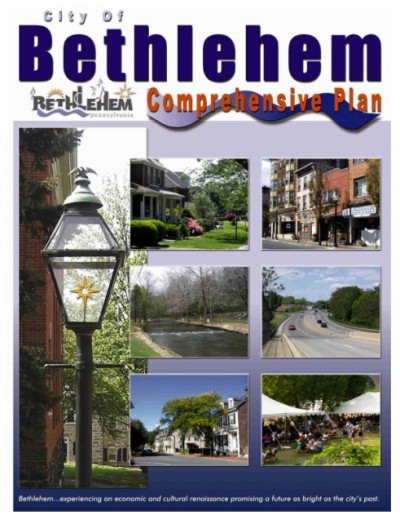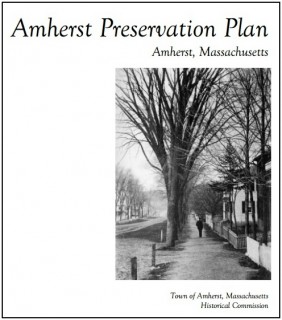In my last post, What’s Your Community’s “John Hancock,” I mentioned that communities achieving the most substantial benefits from historic preservation and cultural economic development have frequently based their efforts on thoughtful planning and community engagement. In this post, I’ll provide a brief overview of some of the types of plans these communities have used.
It can be very helpful for citizen planners to have a basic grasp of these different types of plans, keeping in mind that they sometimes overlap.

The most fundamental plan for any community is the COMPREHENSIVE PLAN. If you’re a planning commissioner, you’re probably already familiar with the various elements of your community’s comprehensive plan and understand that one of the plan’s primary functions is to provide direction for future development and growth.
Comprehensive plans also provide background information and establish a solid basis for planning and zoning decisions and capital investment.
When you have a moment, take a look at your (or another) community’s comprehensive plan and see if it includes any information about local history, historic resources, or historic preservation.
Unfortunately, many comprehensive plans gloss over these topics, providing not much more than a brief description about the community’s historical development or a few paragraphs about local properties listed in the National Register of Historic Places. However, as interest in smart growth and protecting community character has grown, cities and towns are increasingly incorporating information about their historic resources and historic preservation into various sections of their comprehensive plans, including those addressing housing, neighborhood and commercial district revitalization, zoning and land use, and economic development.
As a growing number of communities have recognized and pursued the benefits of historic preservation, they are also increasingly preparing HISTORIC PRESERVATION PLANS. These plans can be developed as part of (or in conjunction with) a comprehensive plan, or as a stand-alone document. They focus specifically on making history, heritage, and historic character strong building blocks for revitalization, growth, tourism, and job creation.

In places where a historic preservation program or activities already exist, a preservation plan usually evaluates the effectiveness of existing actions and makes recommendations for their improvement or expansion.
If historic preservation is entirely new to a community, the planning process will provide a forum for discussion and education about issues related to historic resources and development. It will help reconnect the community with its history, inform people about various preservation tools and strategies, and if appropriate, outline policies and actions for identifying, protecting, enhancing, and promoting the community’s historic and cultural resources.
End of excerpt
Amy Facca is a historic preservation planner, architectural historian, and grant writer with a strong interested in cultural economic development. Facca has joined the PlannersWeb as a contributing writer. She previously authored An Introduction to Historic Preservation Planning for the Planning Commissioners Journal.
You must be logged in or a PlannersWeb member to read the rest of the article.
